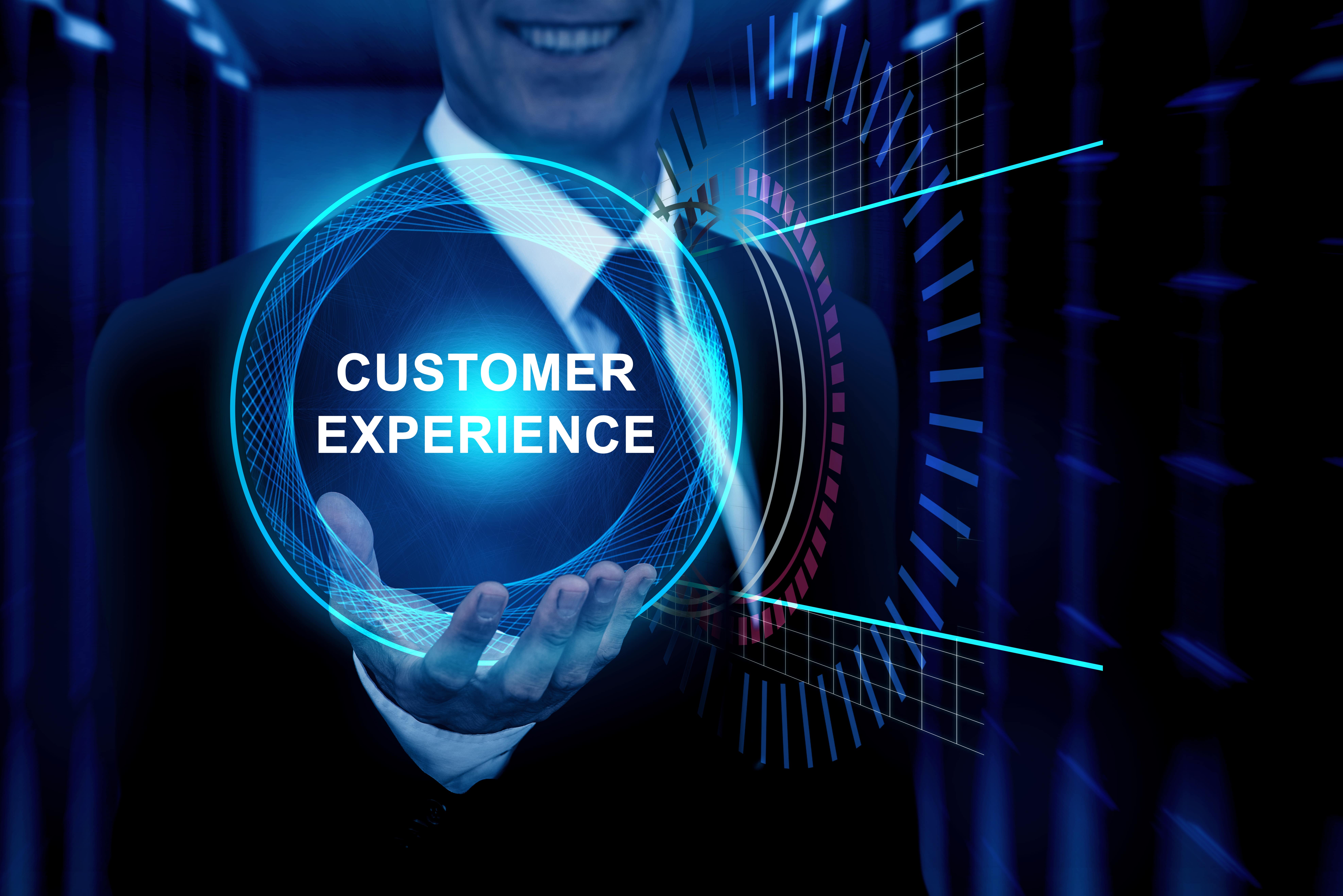Service design is a critical methodology for businesses looking to understand their customers and craft seamless experiences. It allows organisations to envision what their service should look like and how it should feel for customers at every touchpoint.
But here’s the real challenge: designing the service is only half the battle. “The bigger question is, once you’ve designed an ideal customer experience, how do you actually bring it to life?” asks Mr Hong Kok Liang, Senior Lecturer & Consultant, Digital Innovation & Design Practice, NUS-ISS. The key lies in the customer journey map, he says.
Kok Liang delves further on how to leverage the customer journey map to drive desired actions, by closing the “as is” and “to be” gaps in customer experience. The “as is” represents the current state, he explains, which customers experience right now. Meanwhile, the “to be” is the envisioned future state that organisations aim to achieve.
For example, you might have a traditional application process that involves paper forms, but you want to transition to a digital platform with an online portal. In the “as is” map, you document how customers collect and fill out forms manually. The “to be” map, on the other hand, illustrates the future scenario where customers log into an app, create an account, and manage everything online. The customer journey map helps visualise these gaps and provides direction for transformation, Kok Liang adds.

Map and mapping
But creating the customer journey map is just a small part of the process. Kok Liang explains that the real value lies in understanding “the difference between the map, which is a visual artifact, and the mapping, which is the process of making the map”.
The process of mapping is far more important than most realise. “There's a lot that goes into it, from gathering insights to involving key stakeholders,” he adds.
One common pitfall: Creating the map in isolation. The strength of a journey map comes from collaboration, understanding, and shared context. Kok Liang says, “If you create the map alone, you’ll face challenges later in getting everyone on board and ensuring collective ownership.” Bringing the right stakeholders together from the start is critical.
Kok Liang raised the example of how banking systems once separated ATMs for withdrawals and deposits. “ATM operations and cash deposits were handled by different teams,” he says. “But when those teams worked together, they realised they could streamline services by integrating both functions, creating the modern ATM we use today.”
A data-driven roadmap
The customer journey map should also be treated as a live document, one that “holds all intelligence”, and serves as a common visual reference for teams. In addition to capturing current status and future visions, it should also contain all work-in-progress updates.
Leaving updates in isolated backlogs may feel distant and disconnected from the customer, Kok Liang explains. “(But) when you integrate these updates into the customer journey map, stakeholders can clearly see how changes impact the customer journey.”
He also stressed the importance of keeping the customer journey map dynamic. This flexibility allows the map to evolve with the business, reflecting ongoing changes in customer interactions or service offerings. A static customer journey map quickly loses relevance, but a live document can be a powerful tool for continuous improvement.
This, Kok Liang explains, makes it easier for teams to understand how their contributions directly impact the customer experience. “It's a critical step to operationalising the customer journey map,” he adds.
Learn more about our Amplifying Experience Management with Data & Insights course here. Up to 90% SSG funding for this course is available to Singaporeans and Singapore Permanent Residents (PRs)
For more information on NUS-ISS Executive Education Programme in Digital Innovation & Design, visit here.
Interested in a flexible study option? Learn more about the NUS-ISS Stackable Graduate Certificate in Smart Systems & Platforms which stacks up towards the Master of Technology in Software Engineering degree.